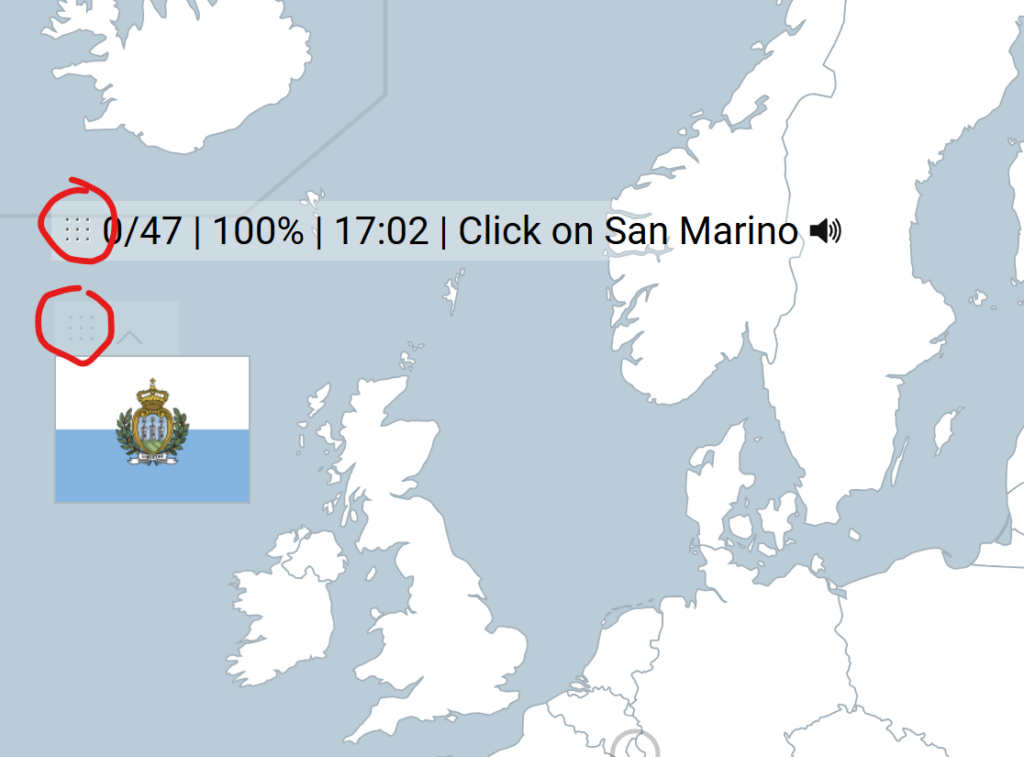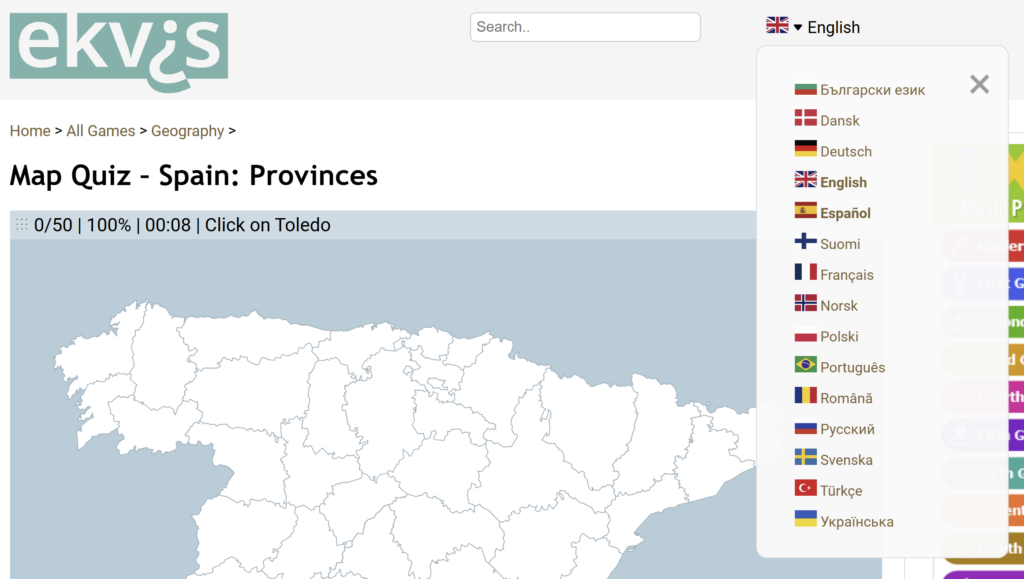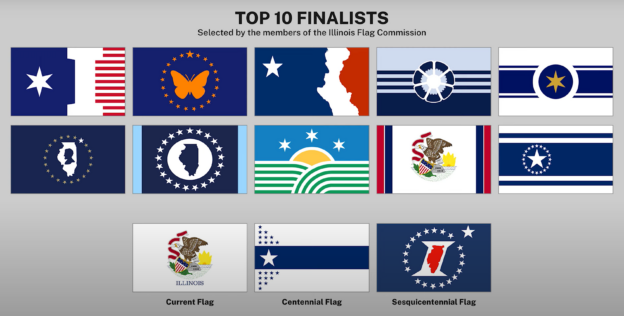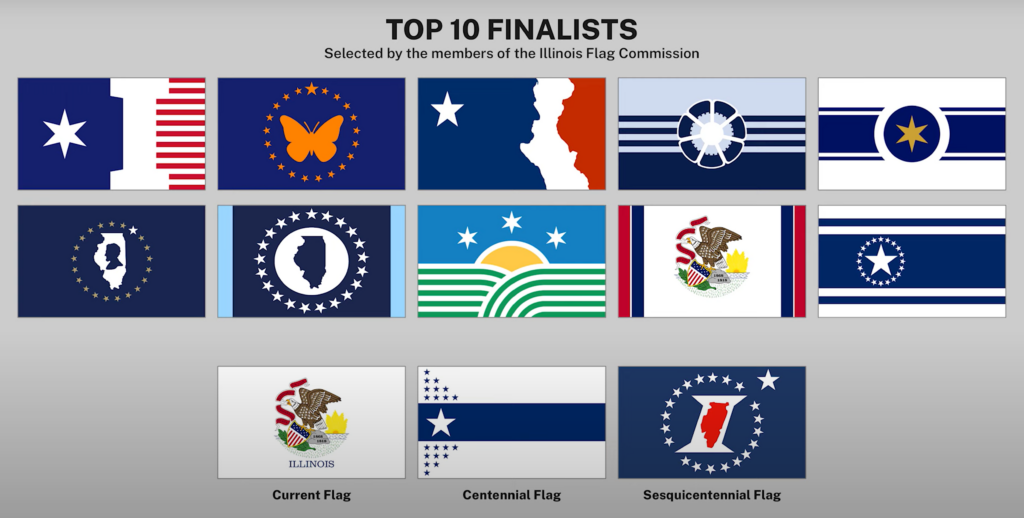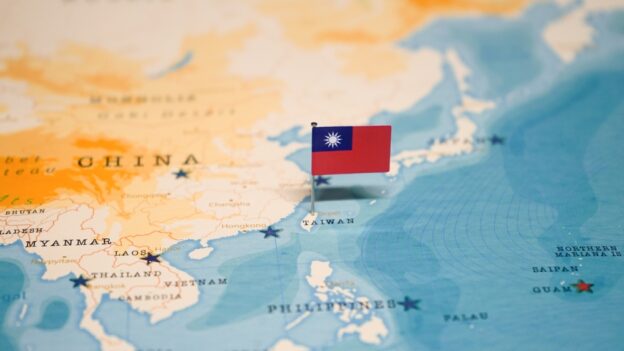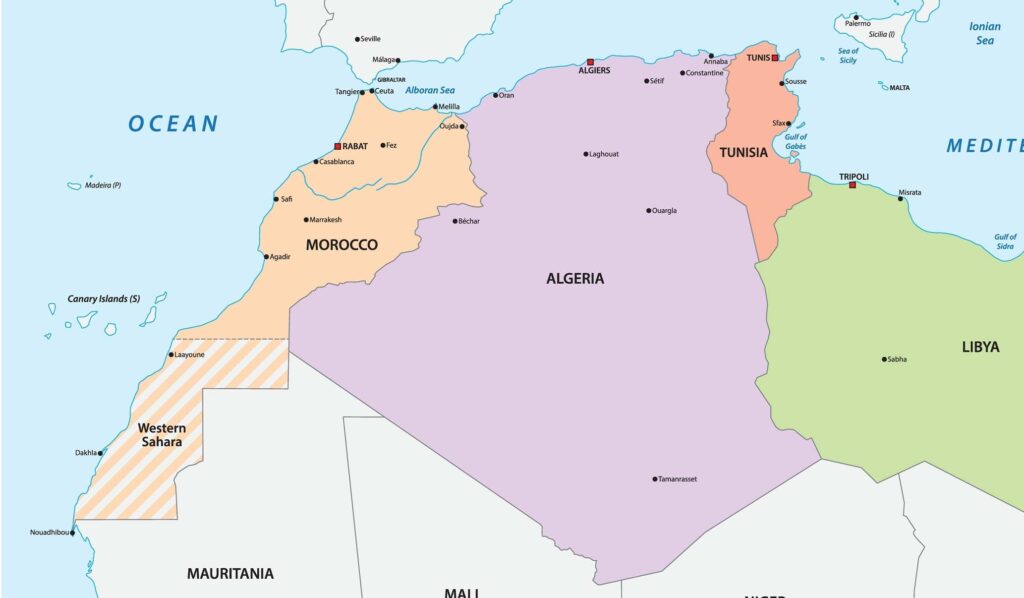The number of continents isn’t as straightforward as it seems—it depends on how a continent is defined. Different cultures and perspectives have led to various models of continental division.
The Most Common Model: Seven Continents
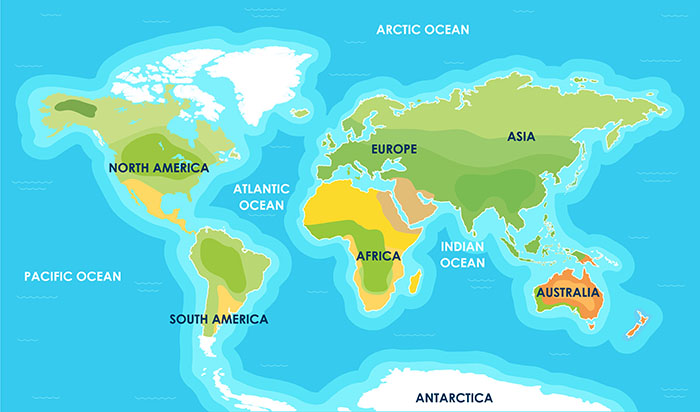
The most widely accepted system, particularly in English-speaking countries, recognizes seven continents:
- Asia – The largest continent by both area and population.
- Africa – Known for its vast deserts, rainforests, and diverse wildlife.
- North America – Home to the United States, Canada, and Mexico, among others.
- South America – Rich in natural resources and biodiversity.
- Antarctica – A frozen continent with no permanent human population.
- Europe – A continent with a rich history of civilization and culture.
- Australia – Often referred to as both a continent and a country.
This seven-continent model is taught in many parts of the world, including the United States, Canada, the United Kingdom, and Australia.
The Six-Continent Model
Some regions, particularly in Europe and Latin America, follow a six-continent model, which combines certain landmasses differently:
- Eurasia Model: Europe and Asia are considered one single continent, as they form a continuous landmass without a clear geological separation. This results in the following six continents: Africa, North America, South America, Antarctica, Eurasia, and Australia.
- America Model: North and South America are treated as a single continent, simply called America, leading to another six-continent model: Africa, America, Antarctica, Asia, Europe, and Australia.
The Five-Continent Model
The Olympic Rings represent five continents: Africa, the Americas, Asia, Europe, and Oceania. This model is mainly symbolic, used in the context of the Olympic Games rather than in geography education.
Other Perspectives
The Four-Continent Model
A minority view groups continents by geological or historical connections, leading to a four-continent system: Afro-Eurasia, America, Antarctica, and Australia.
Tectonic Plate Perspective
Geologists sometimes view continents differently based on tectonic plates rather than traditional landmasses. This perspective leads to various interpretations, such as Zealandia, a mostly submerged continent in the Pacific, which includes New Zealand.
Conclusion
The number of continents varies depending on cultural, geographical, and scientific perspectives. The seven-continent model is the most commonly used, but six-, five-, and even four-continent models also exist.


